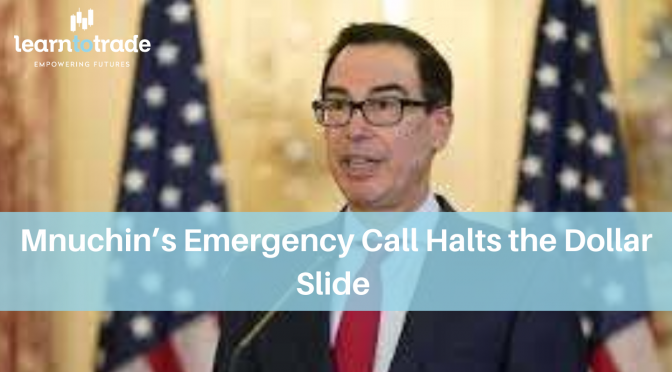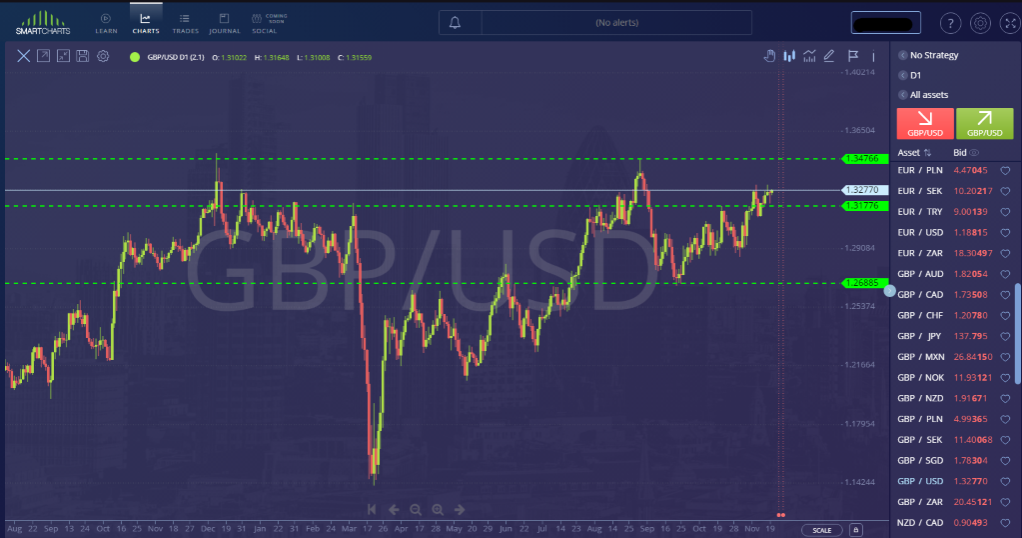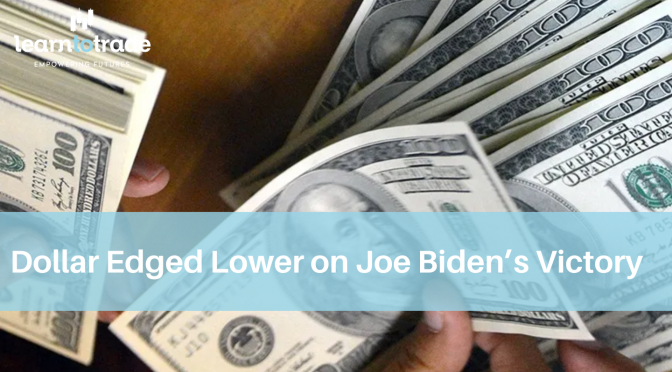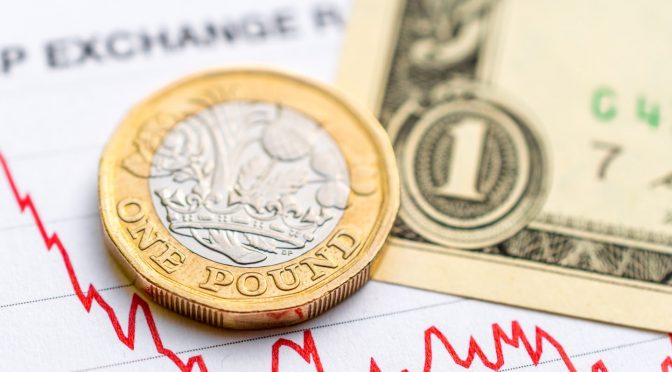-
20November, 2020

On Friday, the dollar’s slide was halted after U.S. Treasury Secretary Steven Mnuchin called an end some of the Federal Reserve’s Pandemic lending.
The announcement shifted the previous positive move after Republican and Democrats agreed to resume negotiations on another coronavirus stimulus package.
While Mnuchin’s move was aimed at re-appropriating some $455 billion allocated to Treasury under the CARES Act in the spring for other spending, some investors were concerned about ending programs that they think have played a vital role in reassuring markets.
The Fed also said it “would prefer that the full suite of emergency facilities established during the pandemic continue to serve their important roles as a backstop,”.
“Investors have banked on the MLF (Municipal Liquidity Facility) being a reliable, emergency lender to our (municipal bond) market’s core borrowers. It has taken the idea of a payment default or catastrophic budget problem off the table,” said Matt Fabian, partner at Municipal Market Analytics at Westport, Connecticut, in the United States.
“Without the MLF, the market won’t collapse, but it will lack some resilience if it’s tested by a selloff or more pronounced credit fears.”
In addition to the worsening risk, California placed a curfew on all indoor gatherings and any non-essential activities to help prevent the spread of the virus.
The dollar was down for over a week due to the continuous surge of the virus, vaccine breakthroughs and post-election uncertainties.
The dollar index was down 0.3% percent this week.
The reaction in the forex market is limited compared to the U.S. stock markets and bond markets.
“There is a feeling that, at the end of the day, financial markets will remain solid and detached from the troubles in the real economy. A correction in stock prices was natural given their recent gains,” said Tatsuya Chiba, manager of forex at Mitsubishi UFJ Trust Bank.
“For now, we have to see whether stock market’s retreat will prove to be a temporary one,” he said
Technical Outlook

In the daily charts of GBP/USD, the pair inched up early Friday morning in Asia session.
As what we can see in the charts, the pair is being supported at the support level at 1.31776 signaling a strong bullish momentum.
The pair may end strong at the end of this week’s trading session. With Brexit nearing it’s due, we may expect volatility for the sterling starting next week. However, the direction of the price is still uncertain.
If the price will continue to be supported at the support level at 1.31776, we may see the price test the resistance level at 1.34776. Inversely, if the price will break down from this support level, it may continue to thread lower and re-test the support level at 1.26885.
The sterling’s outlook so far has been determined by the Brexit sentiment. A Brexit deal will most likely boost the sterling’s performance. On the other hand, a no-deal is a negative for the sterling and it may thread lower.
Don’t forget to follow and subscribe for more updates about market trends, analysis, forex news, strategies and more!
Do you want to learn more about forex trading? Sign up now on our FREE forex webinar and reserve your FREE seats while it still lasts!
Risk Disclaimer:
Information on this page is solely for educational purposes only and is not in any way a recommendation to buy or sell certain assets. You should do your thorough research before investing in any type of asset. Learn to trade does not fully guarantee that this information is free from errors or misstatements. It also does not ensure that the information is completely timely. Investing in the Foreign Exchange Market involves a great deal of risk, resulting in the loss of a portion or your full investment. All risks, losses, and costs associated with investing, including total loss of principal and emotional distress, are your responsibility.









































By bsuper
| No Comments